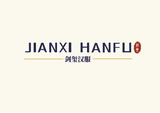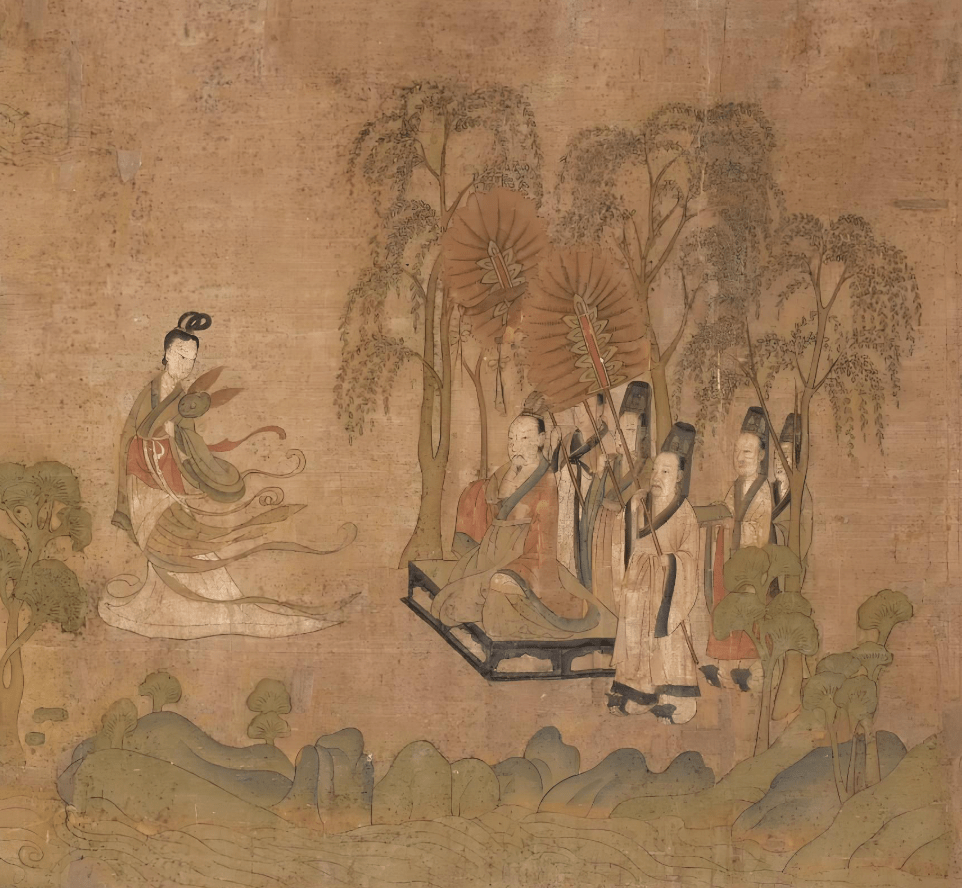Lolita-Mode entwickelt sich ständig weiter und verbindet globale Traditionen mit ihrer unverwechselbaren Silhouette. Zwei beliebte Unterstile, Qi Lolita/Han Lolita (汉洛丽塔) und Wa Lolita (和ロリータ), greifen auf chinesische bzw. japanische Kulturelemente zurück. Obwohl beide zum ostasiatischen Kulturkreis gehören und manchmal ähnlich wirken, weisen sie unterschiedliche Merkmale auf. Hier ist eine Übersicht, die Fans ihre Einzigartigkeit näherbringt.
Qi Lolita/Han Lolita: Chinesische Fusion
Qi Lolita/Han Lolita kombiniert Lolita-Ästhetik mit traditionellen Hanfu- (insbesondere aus der Han-Dynastie) oder Qipao-Elementen. Wichtige Merkmale sind:
Silhouette und Details: Betont eine hohe Taille (oft über der Brust) und lange, fließende Ärmel. Kleider sind häufig trägerlos und imitieren den Qixiong Ruqun -Stil.
Stoffe und Muster: Verwendet leichte, transparente Stoffe wie Chiffon für einen ätherischen, fließenden Look. Die Muster zeigen chinesische Motive: Pfingstrosen, Drachen, Landschaften, Wolken oder Kalligrafie.
Kulturelle Elemente: Enthält Designelemente wie Stehkragen, Froschknöpfe ( Pan Kou ) und Stickereien.
Wa Lolita: Japanische Fusion
Wa Lolita integriert Elemente traditioneller japanischer Kleidungsstücke wie Kimono, Yukata oder Hakama. Zu den wichtigsten Merkmalen gehören:
Silhouette und Details: Oft mit quadratischen Ärmeln, gekreuzten Frontverschlüssen (rechts über links, gemäß der Kimono-Tradition) und breiten Obi-Schärpen.
Stoffe und Muster: Es werden schwerere Materialien wie Baumwolle oder Polyester verwendet. Die Drucke zeigen oft japanische Motive wie Kirschblüten, Chrysanthemen, Kraniche oder traditionelle geometrische Muster ( Wagara ).
Schuhe und Accessoires: Normalerweise kombiniert mit Geta (Holzsandalen) oder Zori, oft mit Tabi-Socken und manchmal einem Haori (Jacke).
Die wichtigsten Unterschiede auf einen Blick
| Besonderheit | Qi Lolita/Han Lolita | Wa Lolita |
|---|---|---|
| Inspiration | Hanfu, Qipao | Kimono, Yukata, Hakama |
| Ärmel | Lang, fließend | Breit, quadratisch |
| Schließung | Mitte oder seitlich vorne, kein Wickel | Links über rechts, Obi-Schärpe |
| Stoffe | Leichter Chiffon/Seide | Schwere Baumwolle/Polyester |
| Drucke | Chinesische Motive (zB Pfingstrosen) | Japanische Motive (zB Sakura) |
| Fußbekleidung | Abwechslungsreiche (oft elegante Schuhe) | Geta, Zori |
Warum diese Stile wichtig sind
Beide Stile spiegeln die Anpassungsfähigkeit und kulturelle Tiefe der Lolita-Mode wider. Qi Lolita/Han Lolita drückt oft fließende, romantische Anmut aus, während Wa Lolita eher zu strukturierter, grafischer Eleganz tendiert. Ihre wachsende Popularität unterstreicht die globale Reichweite von Lolita – China ist mittlerweile einer der größten Märkte für Lolita-Mode, mit innovativen einheimischen Marken und einem jährlichen Umsatz von über 5 Milliarden CNY.
Globaler Einfluss und Authentizität
Diese Stile sind nicht nur ästhetische Entscheidungen; sie repräsentieren kulturelle Hybridisierung. Internationale Events wie die Paris Fashion Week haben Lolita-Themen aufgegriffen, und soziale Medien (z. B. TikToks #Lolita mit über einer Milliarde Aufrufen) verstärken ihre Reichweite. Beim Tragen beider Stile legen Liebhaber oft Wert auf eine respektvolle kulturelle Repräsentation – sie achten auf authentische Details und verstehen ihre Herkunft.
Für Lolita-Liebhaber bietet die Erkundung der Stile Qi Lolita/Han Lolita und Wa eine Möglichkeit, das ostasiatische Erbe zu feiern und gleichzeitig die kreativen Möglichkeiten der Mode zu genießen. Ob Sie sich vom poetischen Fluss von Qi Lolita/Han Lolita oder der kühnen Geometrie von Wa angezogen fühlen, beide Unterstile bereichern das Lolita-Universum mit ihren einzigartigen Erzählungen.
Relevanter Inhalt: „ Eine kurze Diskussion über Qi Lolita“




